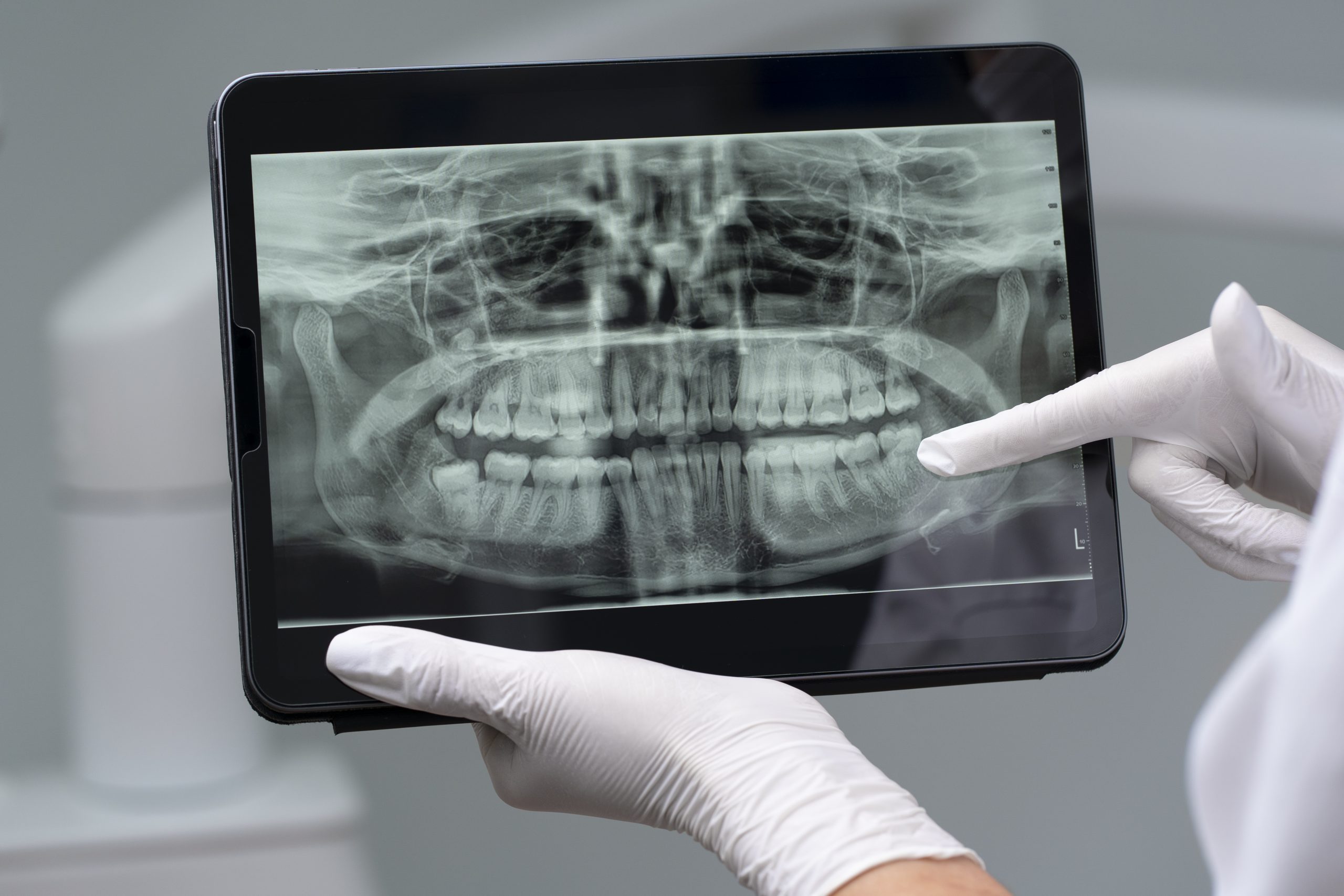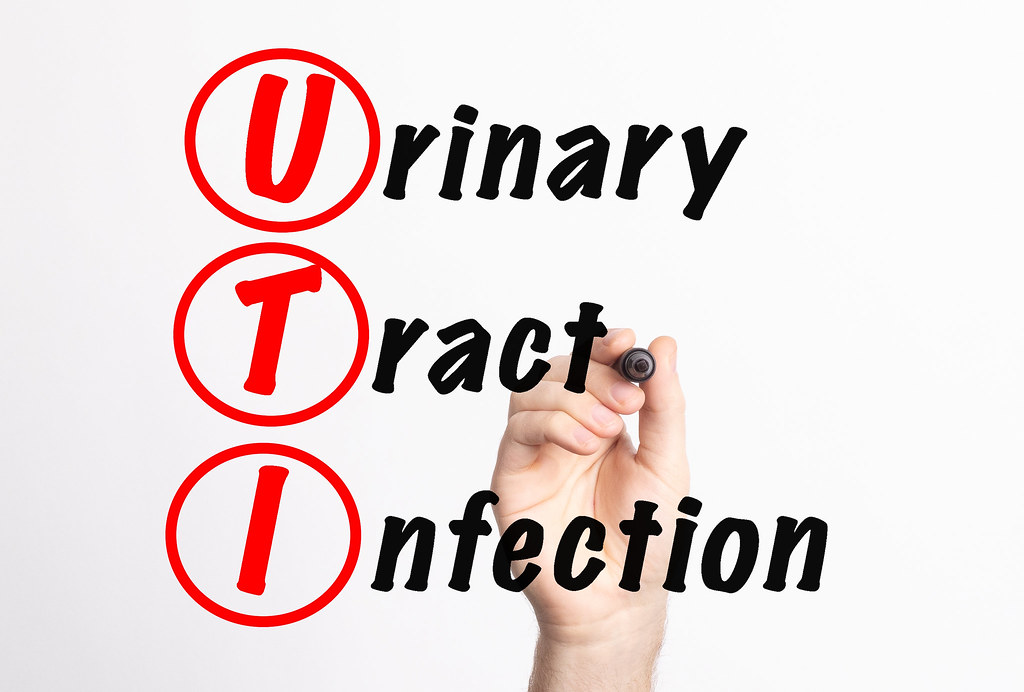
Teleradiology has emerged as one of the most impactful innovations in modern healthcare—and dentistry is no exception. As dental professionals face rising patient volumes, time constraints, and increased demand for specialised care, the ability to share, interpret, and act on diagnostic images remotely is transforming how clinics operate. Thanks to artificial intelligence (AI), teleradiology is evolving into a faster, more accurate, and more accessible solution for remote dental diagnosis.
AI-powered platforms are now making it possible to analyse dental X-rays, panoramic images, and CBCT scans from anywhere, without compromising quality or consistency. Whether you’re a solo practitioner, part of a dental service organisation (DSO), or collaborating with specialists in another region, AI-enabled teleradiology ensures timely, reliable diagnostics—no matter the distance.
Table of Contents
What Is Dental Teleradiology?
Dental teleradiology refers to the transmission of radiographic images—such as panoramic X-rays, intraoral images, and cone beam computed tomography (CBCT) scans—to a remote location for analysis and interpretation. Traditionally used in medical radiology, this approach is now gaining traction in dentistry, particularly in multi-site practices, rural clinics, and telehealth settings.
With cloud-based imaging systems and secure data sharing, dental professionals can collaborate in real-time with radiologists, prosthodontists, oral surgeons, or AI systems to gain deeper insights and make faster clinical decisions.
How AI Transforms Remote Diagnosis
Artificial intelligence enhances teleradiology by automating the interpretation process. Advanced AI algorithms can detect and segment anatomical structures, identify over 60 types of dental pathologies, and generate structured diagnostic reports—all within minutes of image upload.
AI-powered platforms like Diagnocat are built specifically to support this new model of care. Once images are uploaded to Diagnocat’s secure cloud environment, the system automatically analyses them and returns a detailed report, complete with visual annotations, 3D reconstructions, and clinical insights. This reduces the need for manual interpretation and speeds up diagnosis—even when patients and specialists are in different locations.
Benefits of AI-Powered Teleradiology in Dentistry
Faster Diagnosis and Treatment Planning
AI significantly reduces the time required for radiological analysis. What previously took hours—or required a specialist’s availability—can now be done in minutes. This speed enables faster treatment planning, reduces patient anxiety, and improves operational efficiency.
Improved Access to Specialists
Teleradiology, combined with AI, allows general dentists in remote or underserved areas to consult with radiology experts without geographic limitations. In cases where immediate referral or second opinion is needed, AI-generated reports act as a valuable intermediary, offering consistent, data-driven insights.
Increased Diagnostic Accuracy
AI helps mitigate human error by highlighting lesions, bone loss, root fractures, impacted teeth, and other abnormalities that may be overlooked during manual review. The consistency and reliability of AI enhances diagnostic accuracy across all patient cases.
Enhanced Multidisciplinary Collaboration
Dental professionals across different specialities and locations can access the same AI-generated report, enabling collaborative treatment planning. With unified, visualised data, communication becomes clearer and more effective—reducing confusion and delays.
Secure and Compliant Data Sharing
AI platforms like Diagnocat are GDPR-compliant and built with end-to-end encryption, ensuring that patient data is shared securely and ethically. This is critical in cross-border care and cloud-based collaboration within the European Union and beyond.
Diagnocat: Leading the Future of AI Teleradiology
Diagnocat stands at the forefront of AI-powered dental teleradiology. With tools for CBCT and 2D image analysis, automatic pathology detection, and export-ready diagnostic reports, Diagnocat enables clinicians to deliver expert-level diagnostics without the need for in-house radiologists.
Its cloud-based system supports real-time collaboration between clinics and labs, reduces turnaround time, and enhances the overall quality of patient care. Diagnocat also integrates with leading practice management and imaging systems, making it easy to adopt in any digital workflow.
The Road Ahead for Remote Dental Diagnostics
As AI technology continues to advance and telehealth becomes more mainstream, the future of dental teleradiology looks incredibly promising. We can expect broader adoption of cloud platforms, smarter AI algorithms capable of predictive diagnostics, and seamless integration with digital treatment planning tools.
For clinics aiming to expand their capabilities, reduce diagnostic delays, and serve patients more efficiently—especially in geographically dispersed regions—AI-enabled teleradiology is not just an upgrade. It’s a necessity for the next era of dental care.
Conclusion: Bridging Distances with AI-Powered Precision
The combination of AI and teleradiology empowers dental professionals to diagnose, collaborate, and treat with new levels of speed and confidence—no matter where they are. It opens the door to more accessible, equitable, and efficient dental care for all.
To learn how your practice can harness the power of AI for remote diagnostics, visit https://diagnocat.com and discover the future of dental teleradiology.
RELATED ARTICLES
Latest Articles
 Why The People Next Door Might Be Costin…In Business
Why The People Next Door Might Be Costin…In Business The Taste of Tradition, Delivered to You…In Technology, Tips
The Taste of Tradition, Delivered to You…In Technology, Tips What to Write in a Wedding Card for Frie…In General
What to Write in a Wedding Card for Frie…In General how2invest com mx: Beginner’s Guide to S…In General
how2invest com mx: Beginner’s Guide to S…In General Effortless Material Handling Solutions: …In real estate
Effortless Material Handling Solutions: …In real estate How the Snapchat Best Friends List Actua…In General
How the Snapchat Best Friends List Actua…In General Famous Celebrities with Noonan Syndrome …In General
Famous Celebrities with Noonan Syndrome …In General How Do You Create a Proxy ServerIn Technology
How Do You Create a Proxy ServerIn Technology
stopie.com is a participant in the Amazon Services LLC Associates Program, an affiliate advertising program designed to provide a means for sites to earn advertising fees by advertising and linking to Amazon.com.
Clicking on an Amazon link from stopie.com does not increase the cost of any item you purchase.
We will only ever link to Amazon products that we think our visitors may be interested in and appreciate learning more about.



